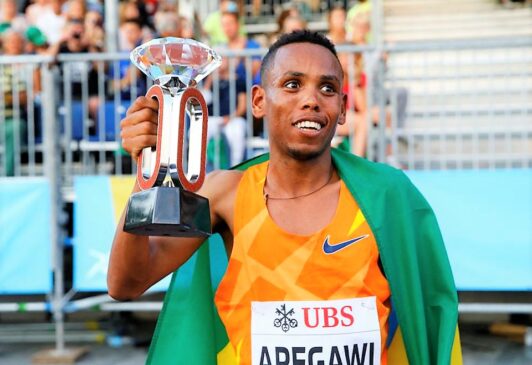Hawassa: An African City

By Bridget Boynton
This past week, I took a four-day trip to the southern city of Hawassa. Going by bus, the journey took about 5 and a half hours each way. Before leaving, I can’t say I knew much about the city or its environs. To be more precise, I had heard from friends that it offers beautiful countryside scenery, there is a lake, and lots of animals. Sounds nice, but not very telling of the deeper culture that defines the city.
I also knew from doing some rudimentary research that the city is part of the homeland of the Sidama people, an indigenous culture of the region. But that pretty much summarizes my knowledge of Hawassa prior to embarking on my journey. Scarce at best; I was in for many surprises.
When I reflect at the image I formulated in my head of Hawassa before arriving in the city, I see a picturesque postcard image of a vast lake, sprawling hills, and an abundance of flora and fauna. I also envisioned circular huts, dusty roads, and marketplaces showcasing local culture and crowded with villagers dressed in traditional clothing styles. Looking back at this image, I see a plethora of foreign perceptions of the African countryside. It pretty much confers to the images many foreigners hold of Africa: rural villages, wildlife everywhere, and ancient cultures living in isolation from the rest of the world. This is the image we see portrayed frequently in the media and the inheritance of millenia long misunderstandings and misrepresentations of Africa. It also comes from our ignorance of the multitude of cultures, landscapes, and lifestyles that bring life to the continent and contribute greatly to its status as one of the most diverse continents on earth. Though Africa has plenty of rural villages, unique wildlife, and centuries-old culturesâ€â€all of which are part of the beauty and charm of the continentâ€â€there is a growing and ever-changing urban world that is contending for a place in media representations and broader perspectives of Africa. Read more



